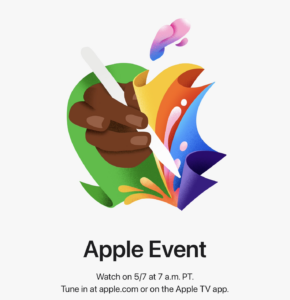Over the weekend, we learned that smartphones and computers are now exempt from the latest tariffs. U.S. Customs and Border Protection (CBP) confirmed that smartphones, computer monitors, and various electronic components are among the exempted items. This means Apple has dodged another bullet — again.
This news is clearly good for Apple and for us as customers in the short term. However, it’s also a flashing red warning for the future. Apple currently assembles over 90% of its iPhones in China. That represents an enormous concentration of risk in one country. That’s too much for any company, and certainly too much for a company shipping hundreds of millions of devices annually to customers worldwide.
I fully acknowledge that moving iPhone manufacturing out of China isn’t as simple as flipping a switch. Apple has spent decades meticulously building that supply chain, a masterpiece of logistics and precision manufacturing. But global trade dynamics are evolving rapidly, and Apple can’t afford to stand still. This isn’t about politics; it’s about resilience.
Apple has executed Herculean efforts before. Now is another moment when they must rise to the occasion. Diversifying their manufacturing base might be the single most critical long-term move they can make right now. (That sentence was difficult to write because I also believe they need to fix their Siri/AI issues. But ultimately, they need to ship iPhone devices regardless of their current limitations.)

